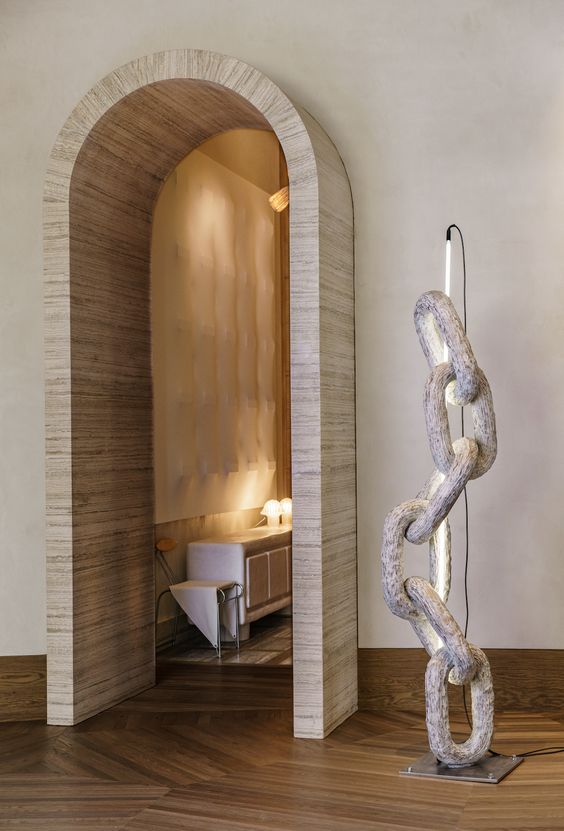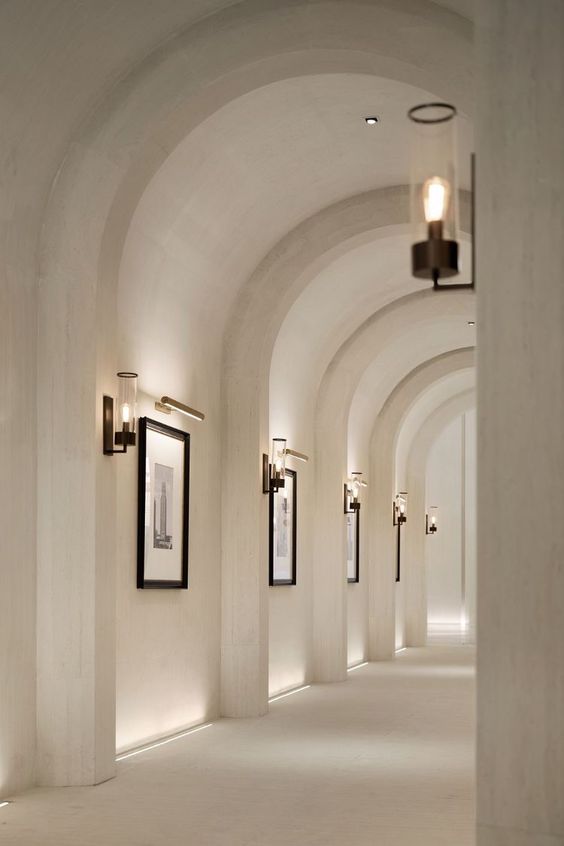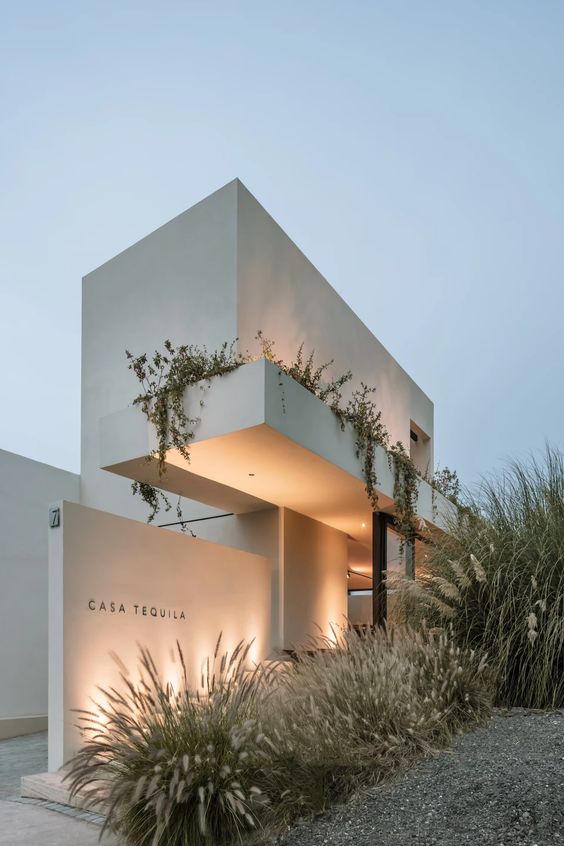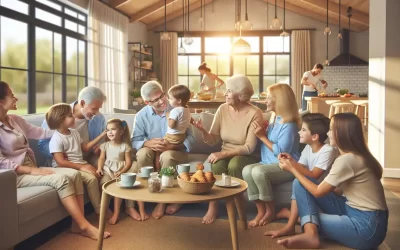When it comes to interior design, lighting plays a crucial role in creating the right atmosphere and enhancing the overall aesthetic appeal of your space. Whether you’re renovating your home or designing a new one, it’s important to understand the different types of lighting available and how to use them effectively. In this expert guide, we will explore the importance of lighting in interior design and provide valuable insights on how to effectively utilize different types of lighting to transform any space into a visually stunning and functional masterpiece.
The right lighting can make or break a room. It has the power to transform a dull space into a warm and inviting haven, or a vibrant and energetic environment. It involves the deliberate use of light to create a desired ambience, highlight specific features, and provide functional illumination for various tasks. By combining these types effectively, you can create a layered lighting scheme that not only illuminates your space adequately but also adds depth and visual interest. All while ensuring all light color is matching across the property. Kelvins (k) denote the temperature scale, so the higher the number, the whiter the light. Cool, whiter light (3000K) is cold, ugly and blue often seen in commercial kitchens, while warm light (1800K-2700K) is best for cozy spaces like bedrooms, living rooms, and restaurants.






